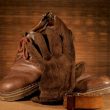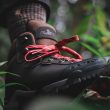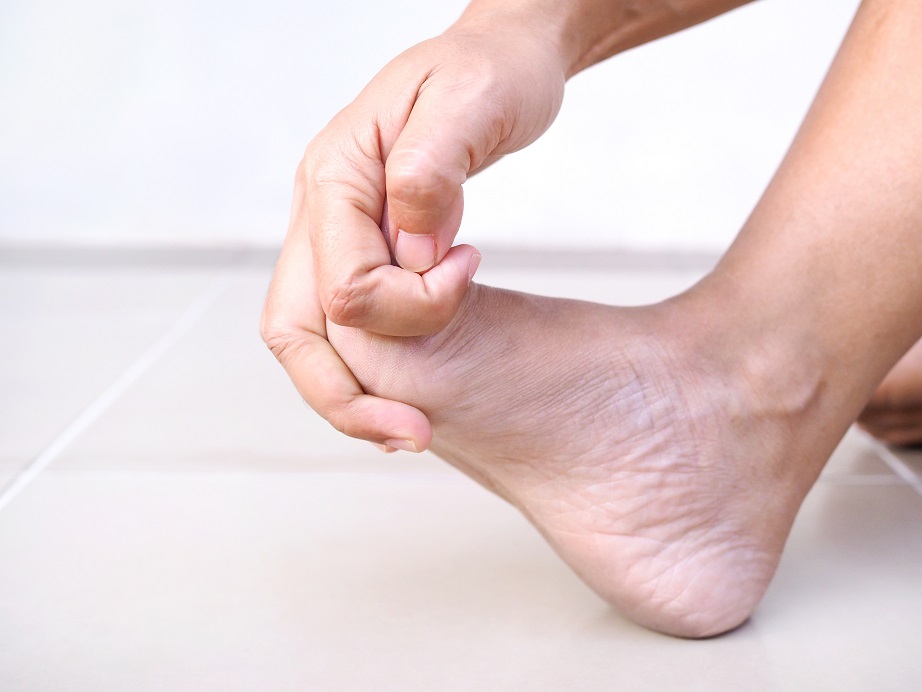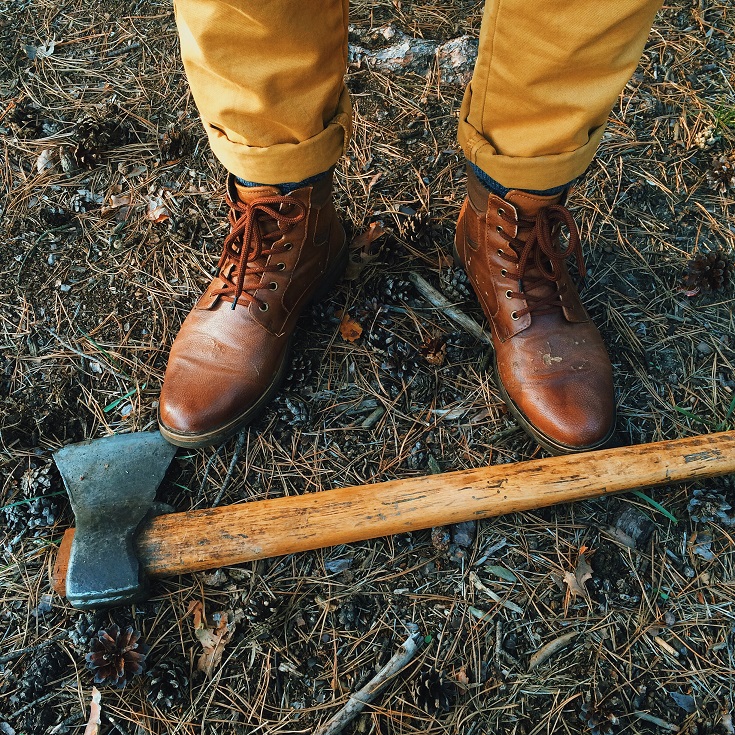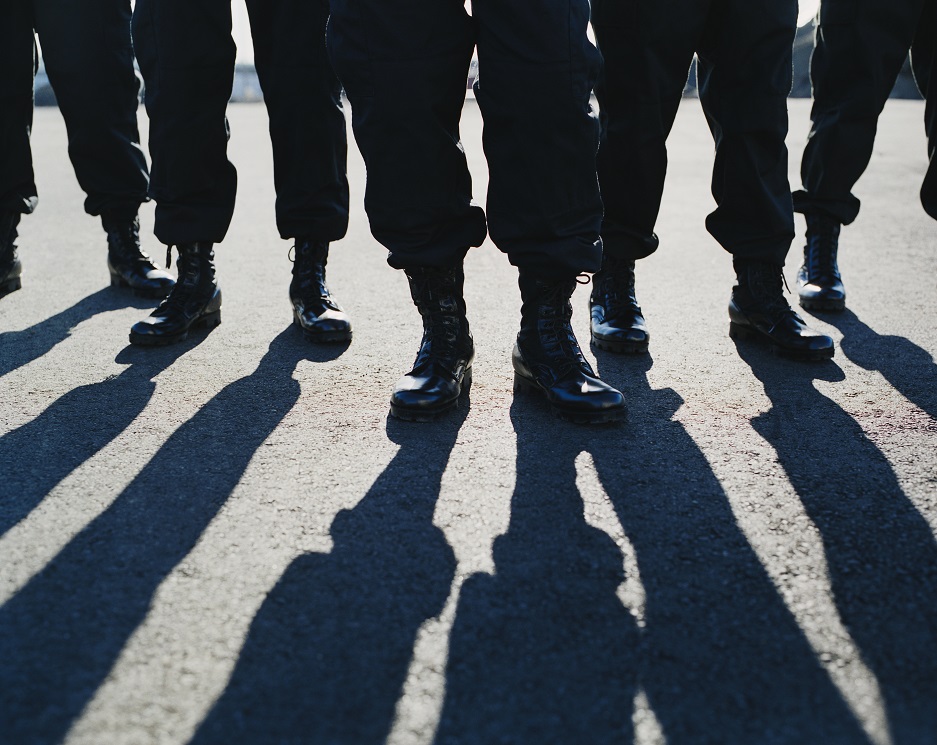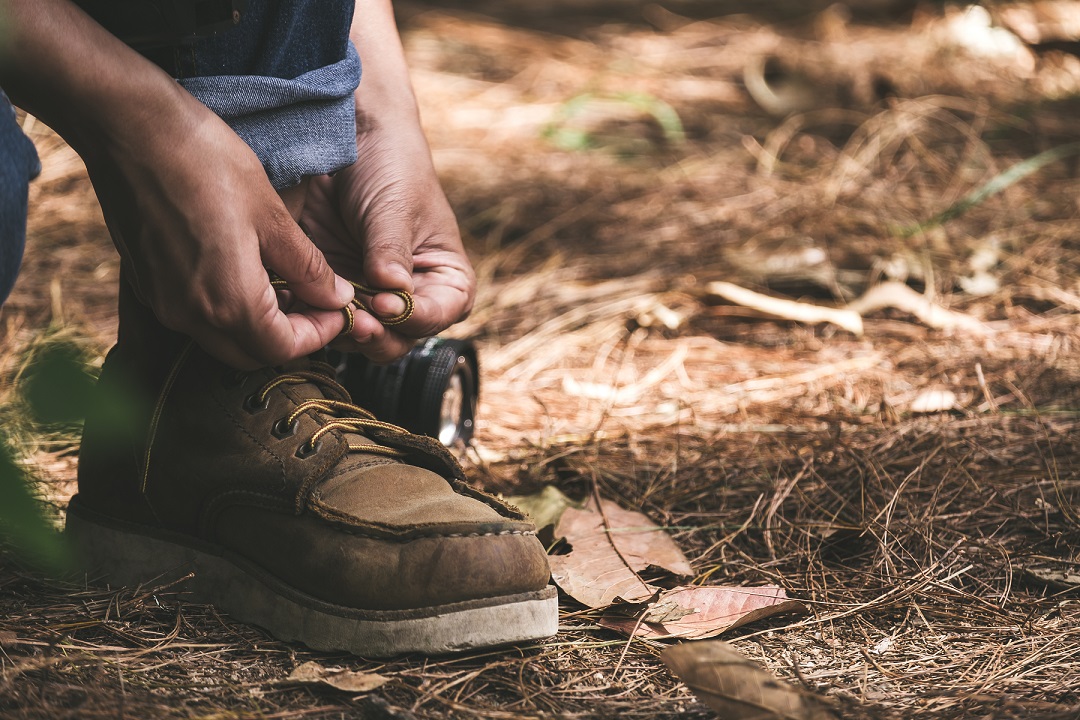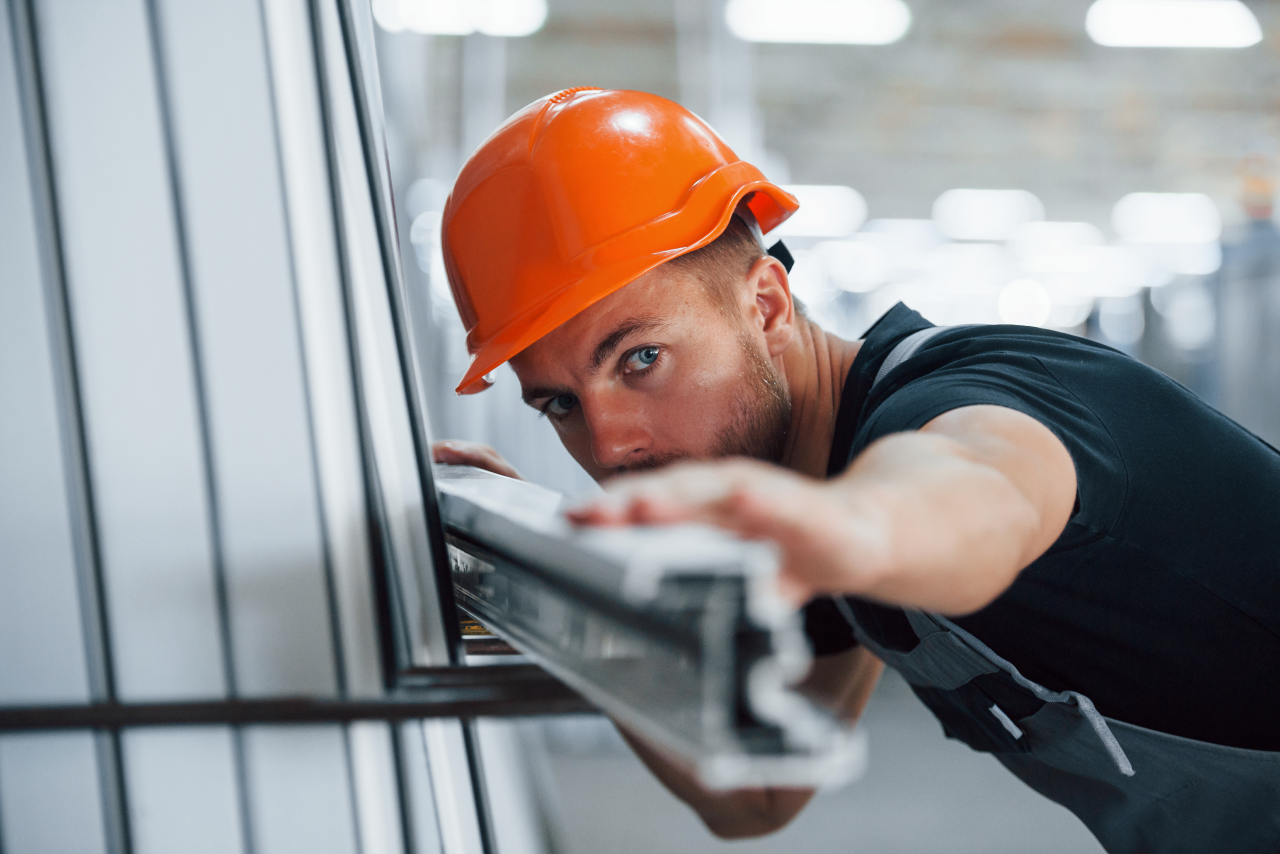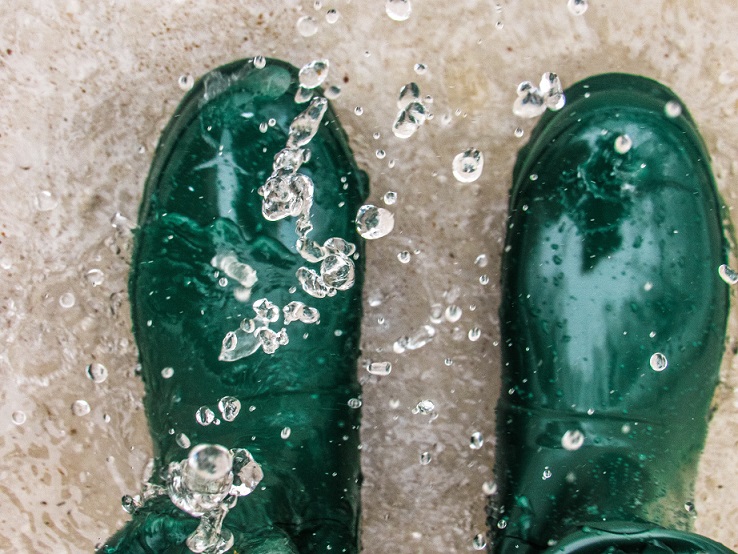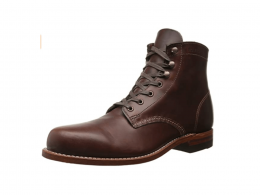Workwear Guru is reader-supported. When you buy through links on our site, we may earn an affiliate commission. Learn more
Blisters are no fun for anyone, especially when you are working for longer hours. Now that you’ve bought your new working boots and know blistering is inevitable. But do you have to suffer the same as before? We say no!
Even though blistering from new shoes (or very old ones) can feel unavoidable, there are methods you can use to prevent blistering. Stay with us to learn seven ways how to prevent blisters from work boots.
What Causes The Blisters In Boots?
If you want to know how to prevent blisters in boots, knowing what causes them, to begin with, is essential. Foot blistering is caused by friction in the skin due to the skin rubbing against socks and shoes, and the pressure of friction irritates and inflames the skin, which in turn results in blisters.
One of the most common causes of blisters in boots is due to wearing the incorrect boot size. If the shoes you are wearing are larger or smaller, your heel skin will start rubbing the shoe building up fluids under the upper layer of the skin. The same thing happens if you haven’t laced your work shoes well too. When your boots feel loose because you haven’t laced them well, there is a chance that your feet will soon start to blister.
Moisture also is a common cause of blisters. When skin is wet—most commonly caused by perspiration—it becomes more vulnerable, making it susceptible to blisters.
Among the most common causes of blisters are not wearing appropriate shoes, such as wearing hiking shoes at work. At the same time, socks material plays a crucial role in causing or preventing blisters. Cotton socks tend to get wet after a while, which raises the chances of blisters.
How To Prevent Blisters From Work Boots?
Blisters are annoying, but they don’t have to be. There are easy steps you can take to prevent blisters, with the most important one being finding the perfect shoes fit for you. Also, other preventative methods include:
- Stretching your work boots.
- Using a band-aid.
- Cornstarch.
- Wearing extra liner socks.
Let’s dive in to explain each one in detail.
Buy the right fit
Finding the right fit for your boots has uttermost importance. When work boots fit right, your feet will feel comfortable throughout work and prevent any blistering.
When you decide to buy a pair of work boots, make sure to:
- Have room for your feet to breathe, especially in the toe area
- Try them with a pair of socks you would typically wear while working
- Check if your heel feels comfortable in your new work boots
- Take a walk with them to try how they feel
Break-in your work boots
Different types of boots have different break-in periods, some going up to 100 hours. However, if you don’t break in your boots, you may suffer from blistering and other feet pain. That’s why it is with uttermost importance to break in your work boots.
There are several ways you can break in your boots, depending on the type of the boots. For example, you can break in your steel toe boots using frozen water bags, while you can break in cowboy boots using condition and moisturize. However, a common break-in method among all types of boots is wearing a pair of thick socks for some minutes at home.
Stretch your work boots
Blisters can occur when your work boots are too tight for your feet. In this case, stretching your boots would be the best solution to prevent blistering in your feet.
You will need a shoe or boot stretcher to stretch your boots, depending on where your boots feel tight. Stretching work boots is an easy process you can do at home. Otherwise, if you don’t have time or energy to deal with your boots, you can do them professionally at a cobbler.
Use bandaid or tape
Band-aid and tape may help to contain blisters, and it helps keep the area clean. Especially if the blister breaks open, using large enough bandages that cover the entire blister can help prevent infection.
Bandaids can also be used as a preventive for blisters. You can use a bandaid in the area where you tend to get blisters. Bandaids help dry the moisture of the skin and protect your skin from rubbing against your boots.
Wear moisture-absorbing socks
Cotton is the most common material for socks. However, they don’t do well to your feet if you have your boots for a long time. This is because cotton tends to absorb moisture and doesn’t get dry quickly. In this situation, you are most likely to get blisters on your feet.
It is best to wear moisture-absorbing socks to prevent such a thing, as they will help your feet stay dry throughout your work shift. Polyester socks may do the job as synthetic fibers do not absorb any moisture from your feet.
However, the best option is to wear wool or wool blends as they have antimicrobial properties that ventilate the moisture on the top. If you wear your wool socks at work, your feet will feel dry and comfortable throughout the day.
Use cornstarch
Considering that blisters worsen when rubbing the feet against another surface occurs, adding small amounts of cornstarch to the blister can reduce friction. Cornstarch also helps keep the area fresh.
However, you have to be careful not to apply it to OPEN blisters since it can lead to infections.
Wear extra liner socks
Sock liners help wick the sweat off your feet, and that in turn helps with reducing friction.
Liner socks are typically made of thin polyester; they’re usually thin pieces of leather inserted over the insole in the boot. By wicking away the moisture around the blister, liner socks can act as a base layer for your feet, which can be very helpful with the whole blister situation.
How To Treat Blisters?
There are a couple of ways to treat a blister and each of them can be easily done within minutes.
Cover the blister with a bandaid
One of the best ways to contain a blister is to cover it with a bandaid. To do so, cover the blister loosely, raising the middle a little bit for the most effective use. The bandaid will prevent any friction between the skin and boots.
At the same time, keeping the bandaid loose in the middle will allow the skin around the blister to heal while drying “the wound” of the blister.
Create padding in the blistering area
In more pressure areas such as underneath the feet, padding to the blister can be an excellent way to soften the pain.
For best results, create padding in a donut shape. The opening in the middle will give some space for the blister-prone area to breathe, while the padding will protect it from any friction with the boot.
Use vaseline in the blistering area
Keeping the area of the blister clean is extremely important. Washing it with soap and water is a good starting point, but using vaseline also helps heal skin scrapes, moisturize, and prevent skin stains.
When you apply Vaseline to your skin, it will act as a barrier between your skin and boots, preventing any friction.
Additionally, vaseline will also help the skin recuperate from blistering.
Do not pop the blister (unless it is big)
Popping the blisters is a big NO, according to dermatologists. One of the key drawbacks to popping the blisters is that it can lead to infections. This is why you should avoid doing it unless the blister is really big and painful.
In that case, popping it may lead to some much-needed pain relief for the moment. You can pop it if necessary by piercing the edge of the blister with a sterilized-by-alcohol small needle.
How To Prevent Blisters On Heels From Boots?
If you wonder how to prevent blisters on heels from boots, know there are solutions for that.
Some of the protective steps you can take are:
- wearing moisture-wicking socks,
- placing soft bandages in the blister area,
- covering the blister in the ointment, and
- applying different lotions.
Additionally, washing the area, using alcohol disinfectants, and most importantly, making sure that the heel’s skin is not rubbing against the boot and causing friction.
Wrapping Up
Blisters are annoying, however, they can be easily prevented and treated at home. No one wants the extra pressure during working hours and the build-in tension that comes from blistering.
To prevent such a thing, make sure you break in your boots and wear moisture-absorbing socks. If you are late and your boots have already created blisters on your feet, then make sure to use a bandaid and vaseline to protect the skin in the blistering area.



